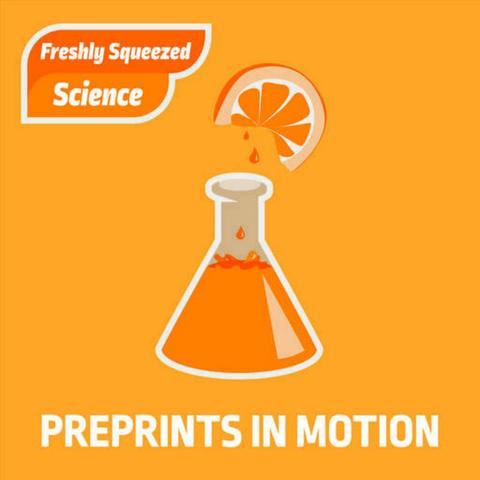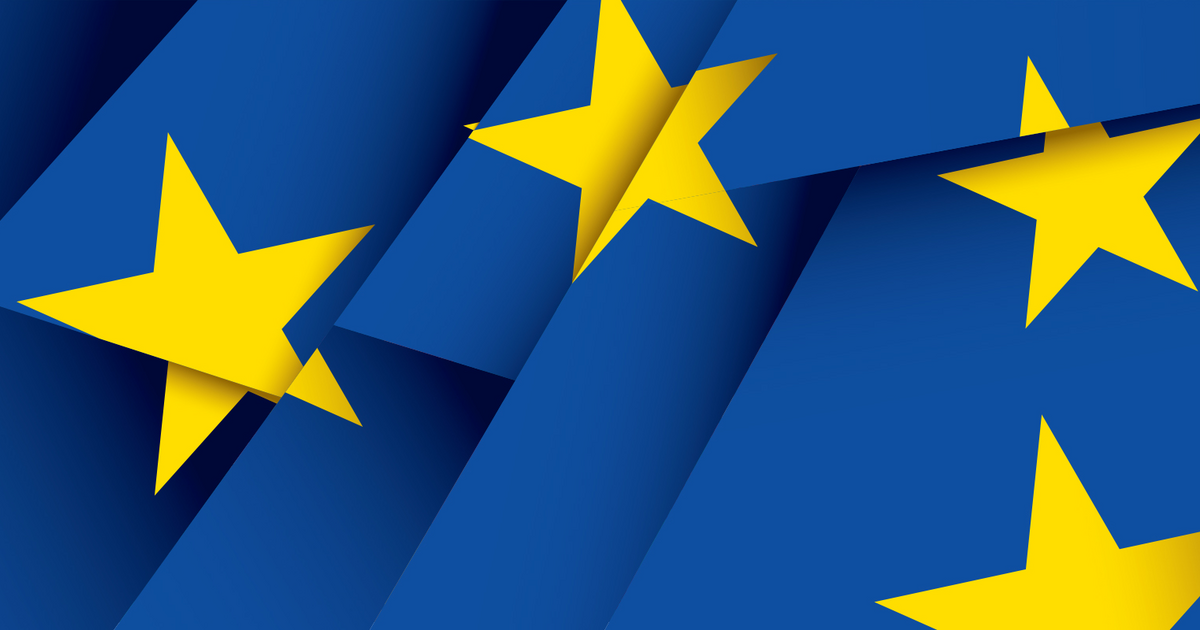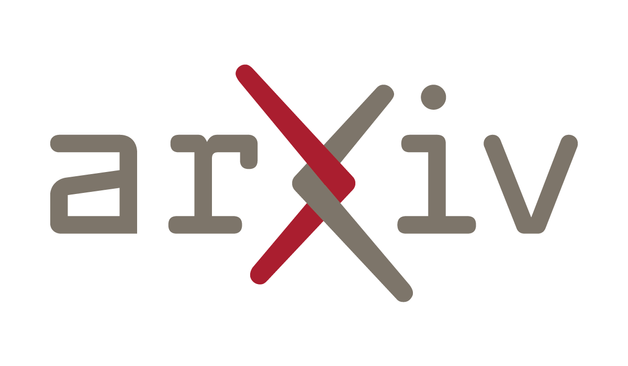Rest in Peace, Frank Yang!
I had the privilege to get my masters at his institute at SUNY that bears his name, although I did not meet him during my time there as he was visiting China at the time - my claim to Yang fame thus remains that I got to fill out my tax paperwork sitting in his office, and I think we stole one issue of CERN courier addressed to his name ;)
While he got his Nobel prize for the prediction of parity violation, the context in which quantum field theorists and particle physicists will probably encounter his name most often is for Yang-Mills-Theory, the mathematical framework which describes the strong and weak interactions in the standard model of particle physics, named after Yang and Robert Mills who unfortunately died 26 years ago..
If you don't know it, you can imagine Yang-Mills-Theory as having several copies of the electromagnetic field ( eight in the case of the strong interactions, and three in the case of weak interactions) in parallel, and have them all interact with each other. There is a unique way to achieve this in four spacetime dimensions which allows for the dynamics observed in Gluons and the W, Z bosons with the photon, and that is Yang-Mills-Theory.
It would be fair to say that Yang-Mills-Theory is the foundation of how we understand most of the fundamental forces in modern physics.




